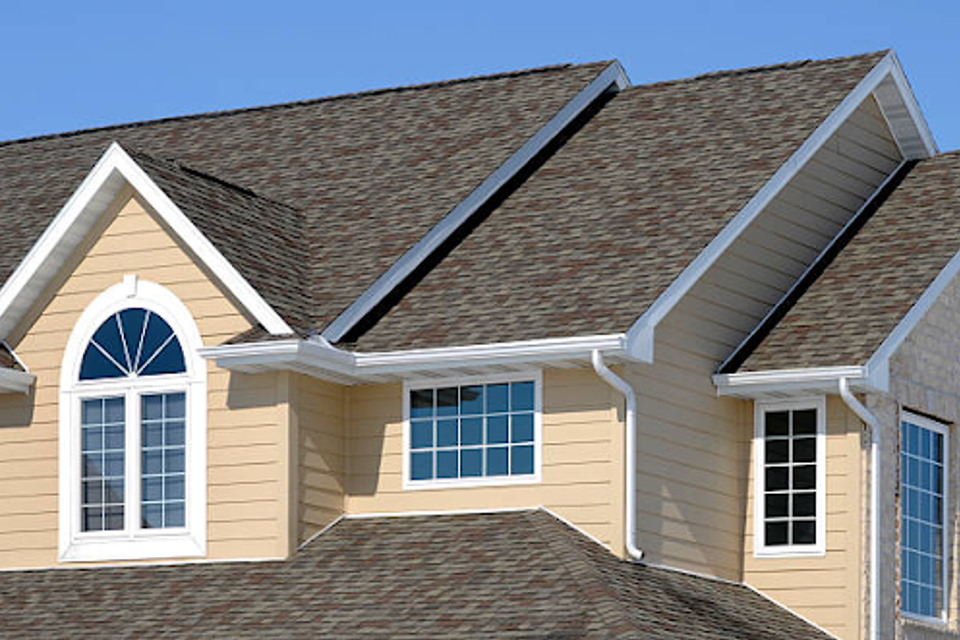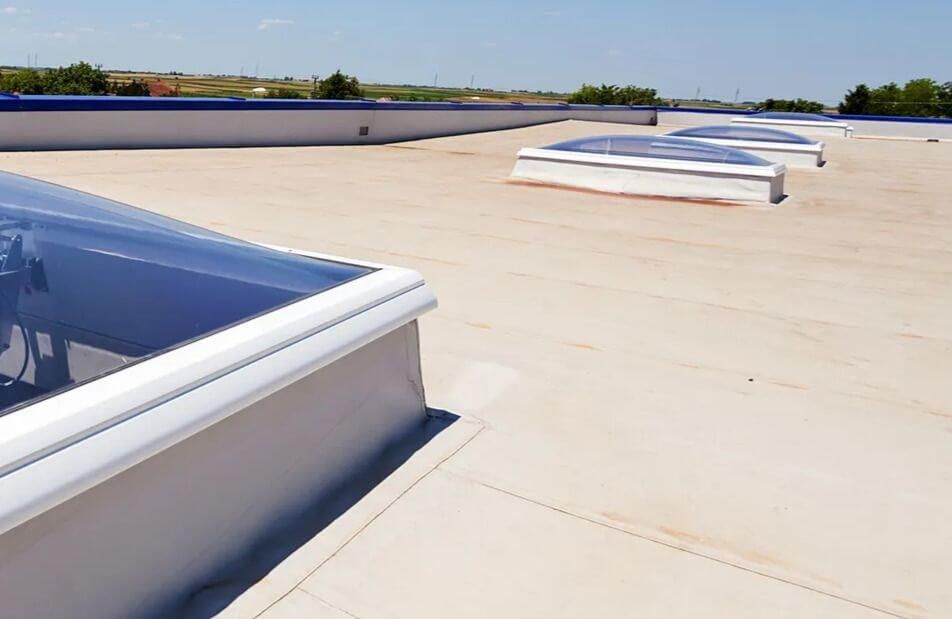When it comes to selecting the right roof for your home, the choices can be overwhelming. From the traditional to the modern, the market is filled with a variety of roof types, styles, and materials. Each type of roof has its own set of benefits, challenges, and aesthetic appeal.
This comprehensive guide aims to simplify your decision-making process while hiring a roofing contractor by providing an in-depth look at the most popular roofing options, alongside expert tips and frequently asked questions.
Exploring Roof Types and Their Benefits
1. Asphalt Shingles: The most common roofing material in the United States, asphalt shingles are beloved for their cost-effectiveness, ease of installation, and wide range of colors and styles. They are suitable for a variety of weather conditions and are relatively easy to repair.
2. Metal Roofing: Metal roofs have surged in popularity due to their longevity, durability, and energy efficiency. They can last up to 70 years with minimal maintenance. Metal roofs come in a variety of types such as steel, aluminum, and copper, offering styles from traditional panels to shingles that mimic wood or slate.
3. Tile Roofing: Clay and concrete tile roofs are favored for their distinctive style, especially in Mediterranean, Spanish, and Southwestern architecture. Tiles are non-combustible, offer excellent durability against the elements, and can significantly improve a home's energy efficiency by providing a robust thermal barrier.
4. Slate Roofing: Slate is one of the most durable and long-lasting roofing materials, known for its natural beauty and unique texture. It's incredibly resistant to harsh weather conditions and can last for over 100 years, making it a premium choice for homeowners looking for an investment in their home's future.
5. Green Roofs: Also known as living roofs, green roofs are covered with vegetation, which helps in reducing heat absorption, managing stormwater, and improving air quality. They require more structure but offer benefits such as insulation, biodiversity, and aesthetic appeal.
Roof Styles: Architectural Considerations
1. Gable Roofs: Characterized by their triangular shape, gable roofs are one of the most popular roof styles due to their simplicity, effectiveness in shedding water, and affordability. They offer additional space for the attic or vaulted ceilings and allow for more ventilation.
2. Hip Roofs: Hip roofs have slopes on all four sides, which are equal in length and come together at the top to form a ridge. This design offers excellent stability and resistance to high winds, making it ideal for regions prone to severe weather.


